Vermilion Cliffs: Awe-Inspiring Photos of Canyons of the American West
Untouched by humans
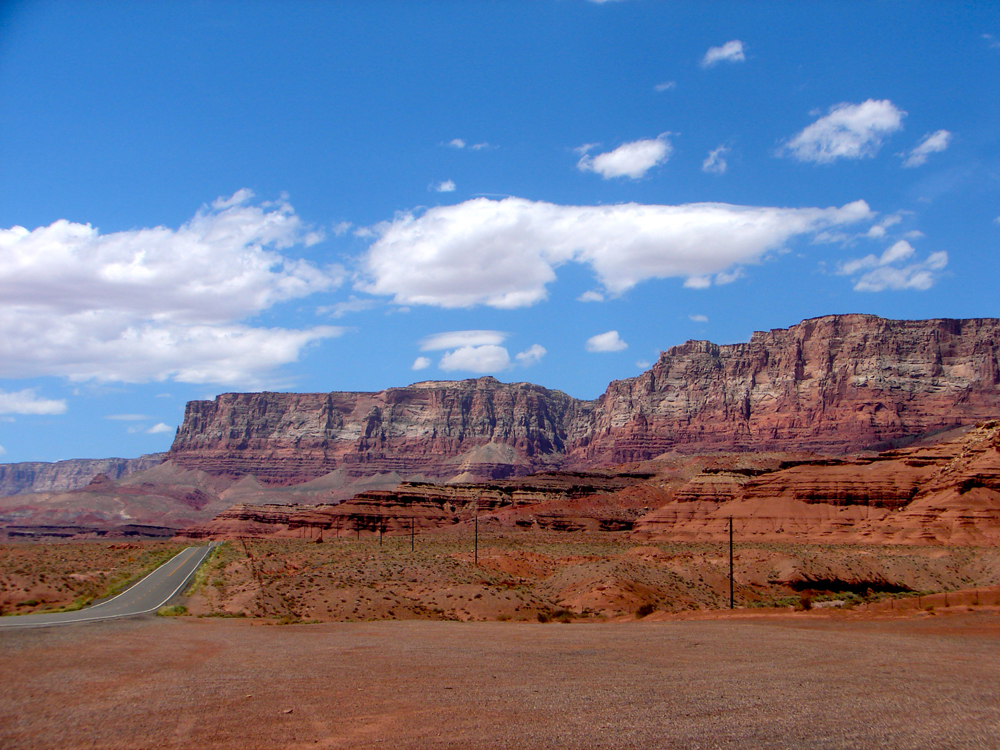
The Vermilion Cliffs of southern Utah and northern Arizona are one of the more isolated and undisturbed regions of the Colorado Plateau.
These cliffs make up the "second step" of the so-called Grand Staircase of the Colorado Plateau — a geological treasure that preserves more history than anywhere else on the planet. Let's take a journey through the gorgeous cliffs carved out by Mother Nature.
A rough wilderness

The Vermilion Cliffs extend west from Paige, Arizona, and they are part of a classic high desert region of spectacular beauty and rugged wilderness. This arid region varies in elevation from 3,100 feet (945 meters) to 7,300 feet (2,225 m).
Not made for the weak
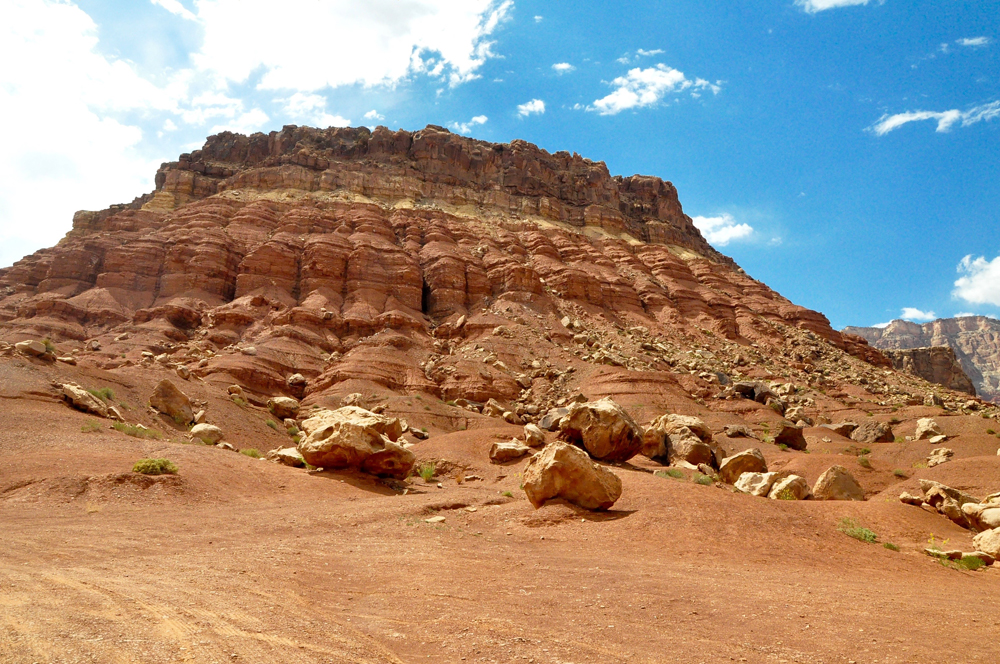
The weather across the Vermilion Cliffs region ranges from 100 degrees Fahrenheit (37.7 degrees Celsius) in the summer to freezing and snow-covered mountaintops in the winter. Only the most rugged of flora and fauna are naturally found in this vast, inhospitable region.
Danger lurks
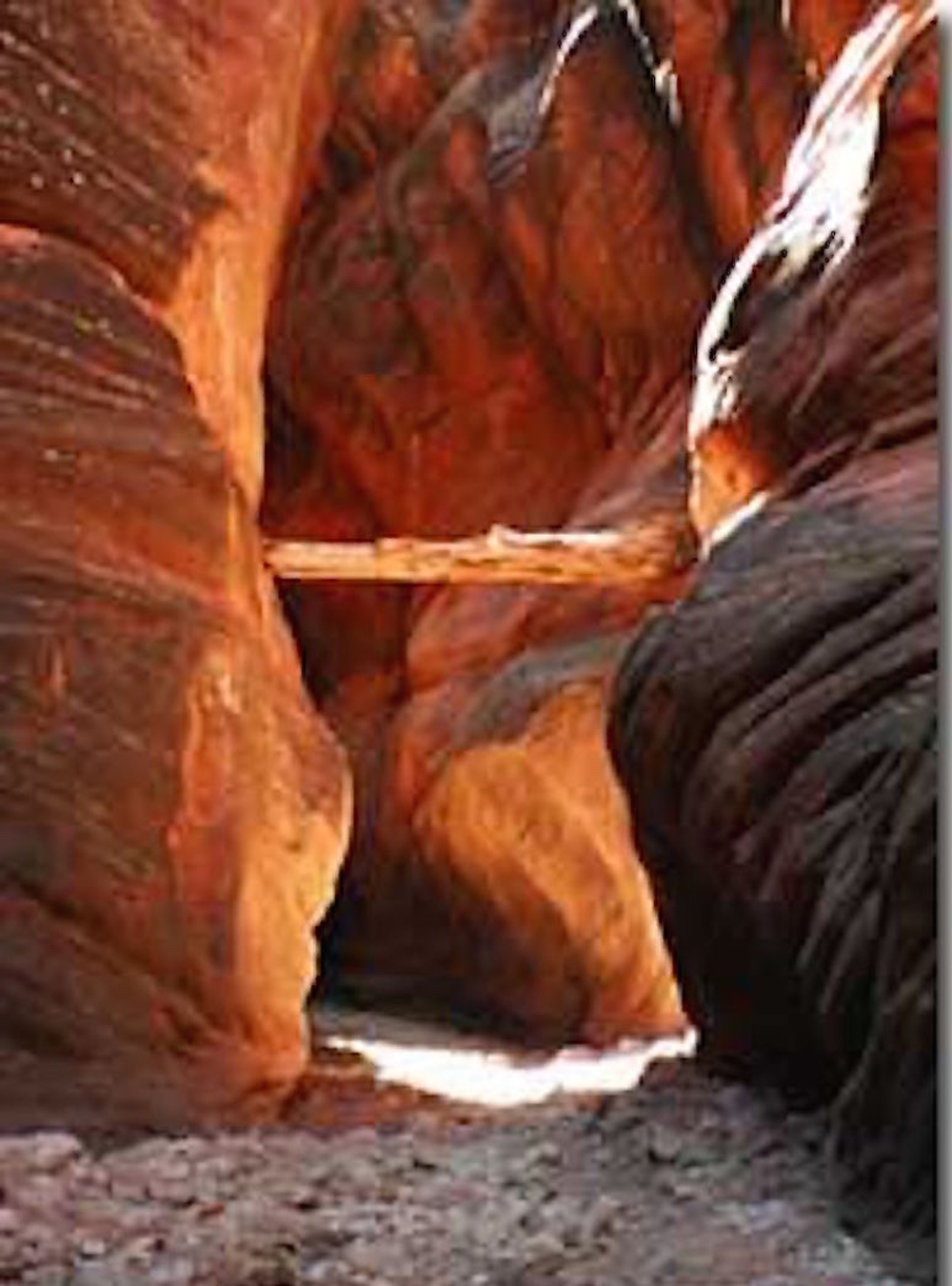
Flash flooding in many of the regions slot canyons are caused by violent summer thunderstorms and are a potential danger for any hikers who might be exploring the narrow canyon crevasses.
Ancient splendor

The reddish or "vermilion" cliffs that make up this region are composed of layers of silt laid down by the ancient seas that covered this Colorado Plateau some 165 million to 200 million years ago. Colored red by iron oxide and bluish by manganese, the layers of silt and ancient desert sand dunes were cemented together over time by the penetration of carbonates.
History was made

The Colorado River cuts through the Colorado Plateau and the southern border of the Vermilion Cliffs to form what is known today as Marble Canyon. In 1873, Mormon leader John D. Lee established the historic Lees Ferry a short distance from Marble Canyon. This is the only place for hundreds of miles where early Mormon settlers could cross the mighty Colorado River from both the east and west sides.
Get the world’s most fascinating discoveries delivered straight to your inbox.
Taking care of nature
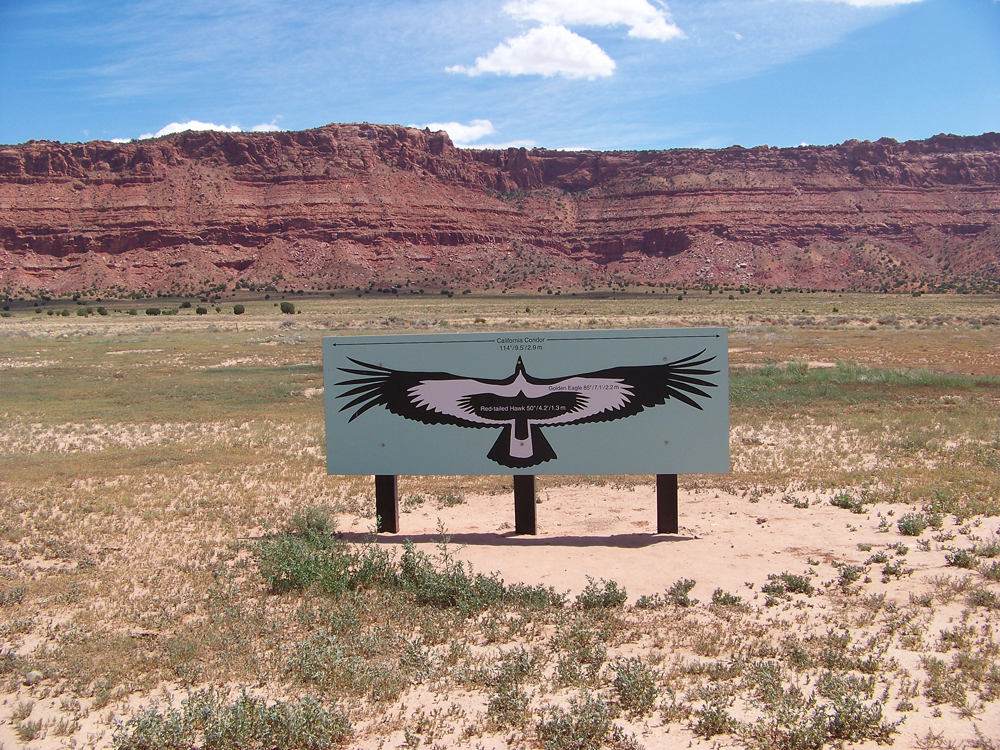
This region is also the site of one of the most successful reintroductions into the wild of an endangered species. In 1996, six captive-bred young California Condors were released back into the wild in the Vermilion Cliffs. This was the first time since 1924 that these majestic birds could be seen once again flying over the Grand Canyon.
Succesful breeding grounds
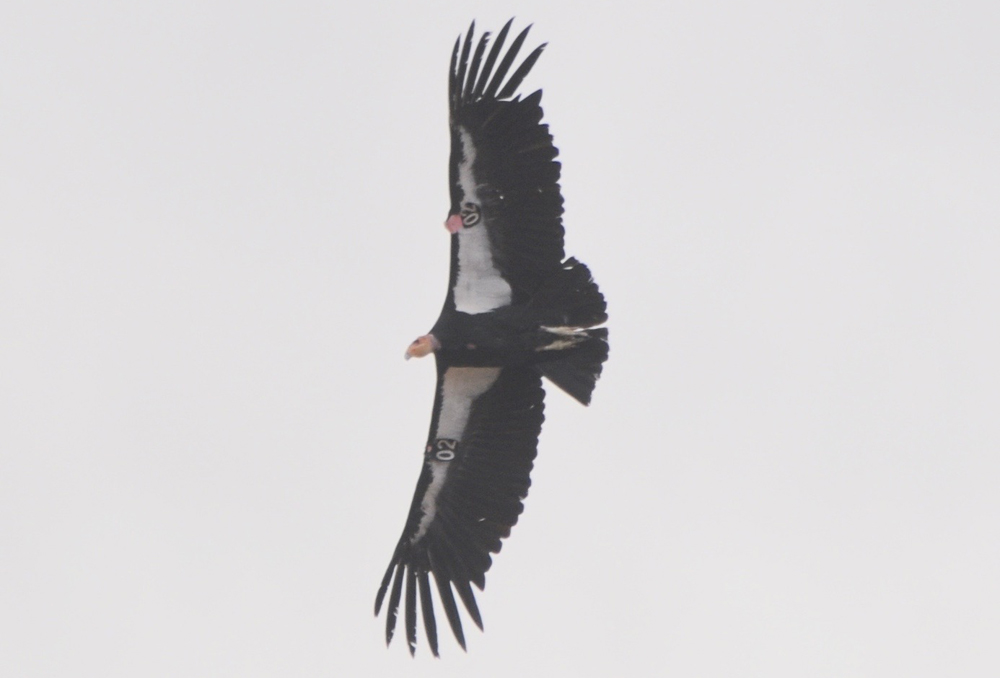
Today, more than 70 condors soar above the Vermilion Cliffs region of Utah and Arizona. At least seven of those birds are wild-bred condors that have been successfully raised in nesting caves found within the Vermilion Cliffs and along the Colorado River.
Home to rare creatures
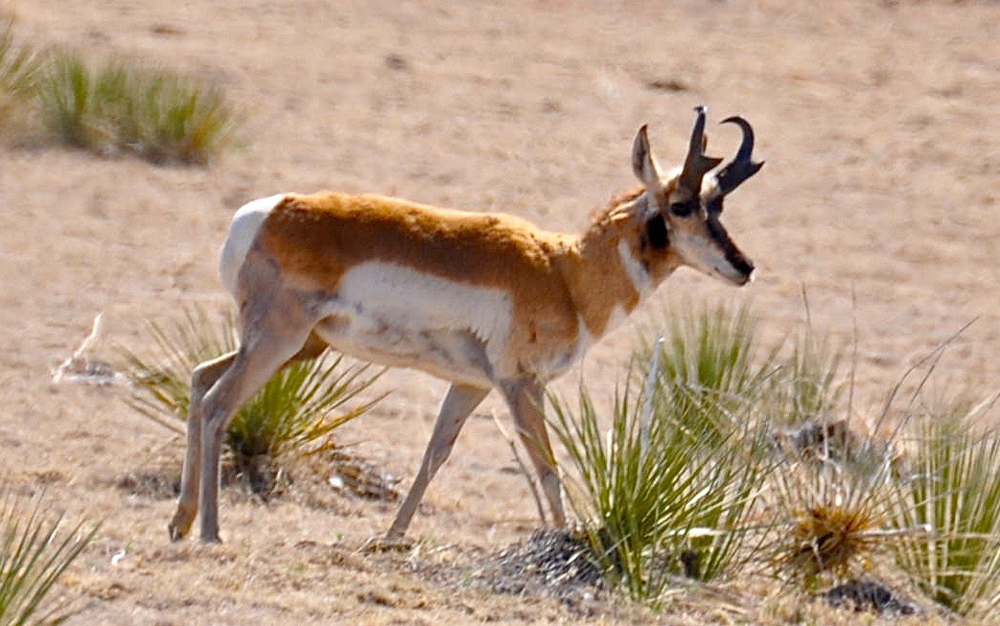
Regions of the Vermilion Cliffs are covered with green, grassy valleys and meadows, making an ideal habitat for desert bighorn sheep, deer, elks and pronghorn (Antilocapra americana). The pronghorn's scientific name translates to "American antelope goat," but these inhabitants of the Vermilion Cliffs are neither antelope nor goat. In fact, they are the only surviving member of the ancient hoofed mammal family Antilocapridae (order Artiodactyla) dating back some 20 million years.
Protected in perpetuity

In 2000, the Vermilion Cliffs National Monument was established by presidential proclamation, forever protecting 280,000 unspoiled acres (1,130 square kilometers) of geological treasures. This national monument is overseen by the Bureau of Land Management and includes the spectacular Paria Canyon-Vermilion Cliffs Wilderness area.
Geological wonders

Three areas of this national monument are best known for their spectacular geological beauty: The Wave in Coyote Buttes (North), the Cottonwood Cove and the Teepees in Coyote Buttes (South) and the White Pocket region are all special destinations for both hikers and photographers. Shown here is the region known as Coyote Butte.


